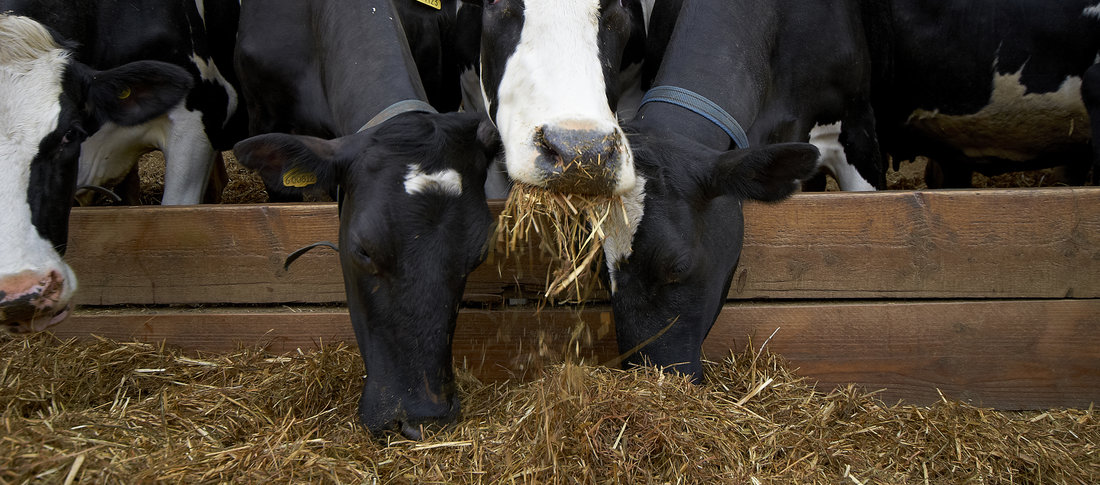The secret to dairy farming isn’t producing as much milk as possible. Success is about producing milk as efficiently as possible. In an industry where profit margins are thin, you need a dairy herd that’s efficient, healthy and receptive to good nutrition in order to maximise your profits. Genomics can help make it happen.
What is genomics?
Welcome to the jaw-dropping science of genomics. In a nutshell it’s the study of the entire set of genes found in living organisms. It looks at a complete set of DNA and maps out the building blocks that give a living thing its individual characteristics. Think of it as the study of each organism’s blueprint. It’s an amazing science that the dairy farmers of yesteryear could only have dreamt of.
How can you use genomics to boost dairy farm profits?
Studying the genomics of individual heifers can help you predict their future profitability. It allows you to identify their growth, development, health and lactation traits, allowing you to positively select the most efficient and healthy heifers for breeding.
These strategic breeding decisions are crucial. For instance a high-yielding dairy cow is only profitable if they are healthy enough to survive several lactations. Genomic testing allows you to study susceptibility to disease. Best of all genomic testing allows you to predict milking performance before a heifer has calved and passed on low-efficiency milk yields to the next generation. That alone could save your dairy farm a fortune.
Does it work? After implementing genomic testing, a 7,000-cow dairy in Washington State increased milk production in first lactation heifers by 11% - from 12,409 litres in 2012 to 13,600 litres in 2018.
Sounds good?
Success as a dairy farmer depends on a complicated balance of good nutrition, good welfare and good health. Genomics can help you get a head start on all three, empowering you to make smarter breeding decisions to increase milking efficiency, milk yields and ultimately, your dairy profits. Consistent improvement - generation after generation.
